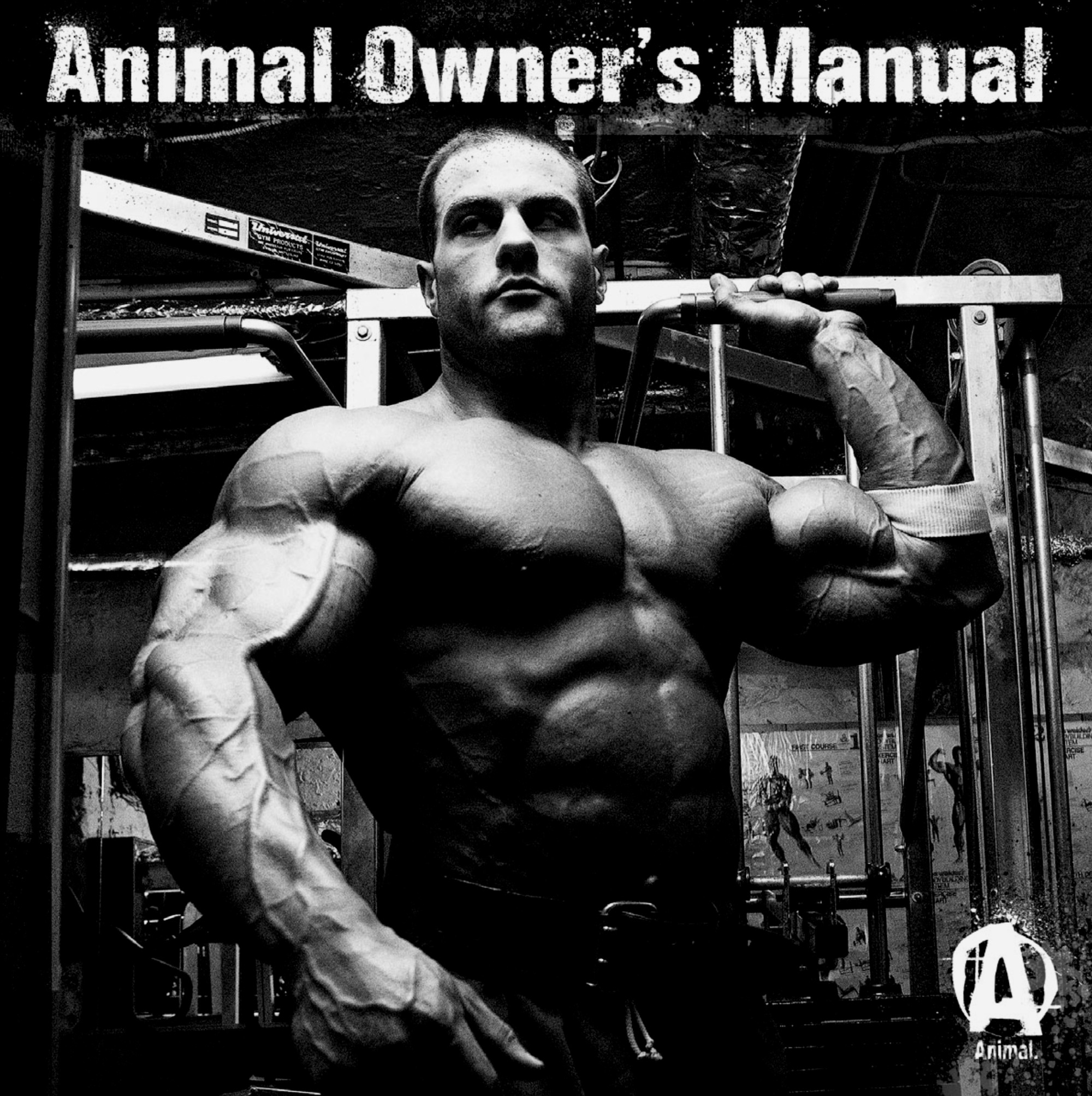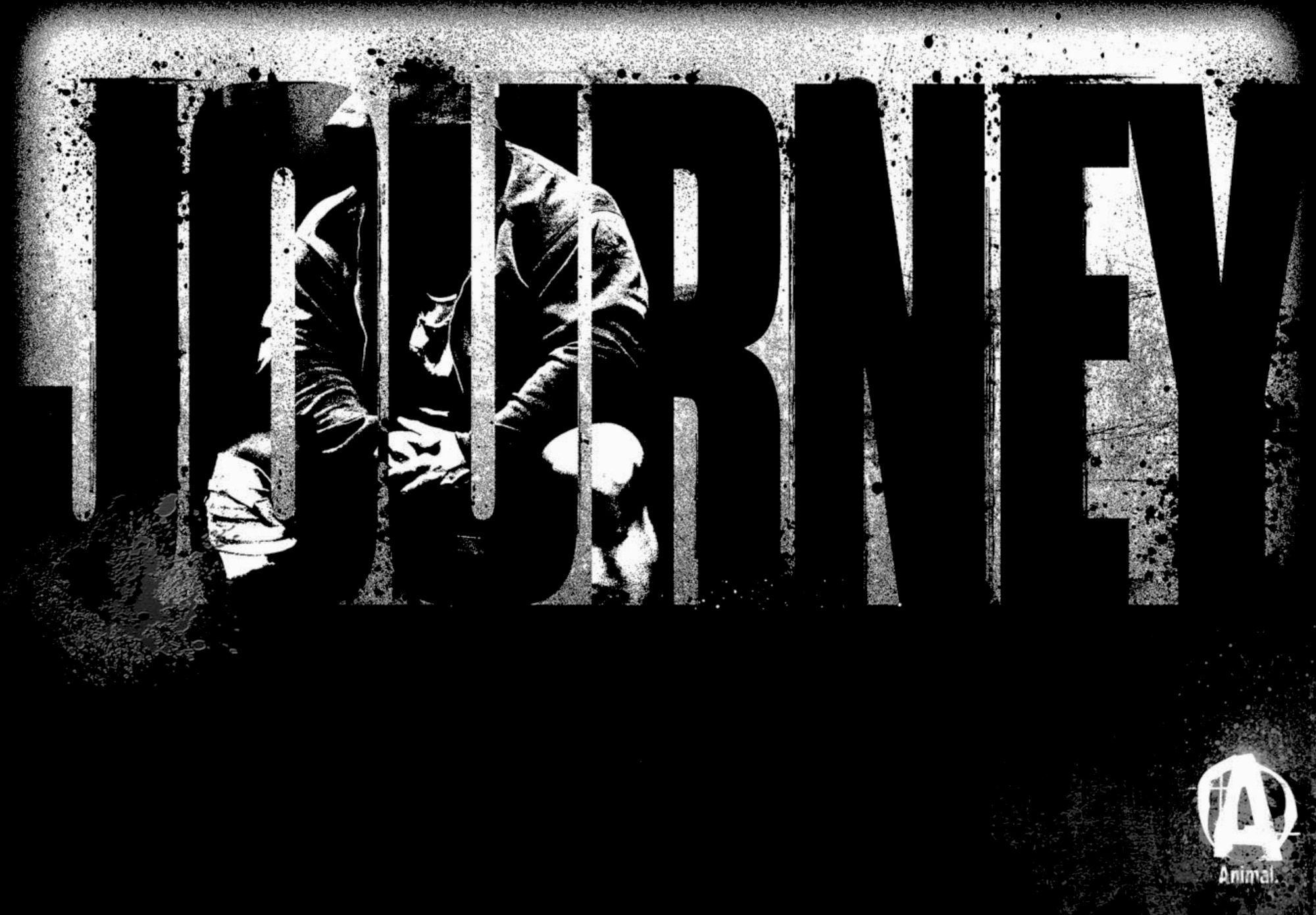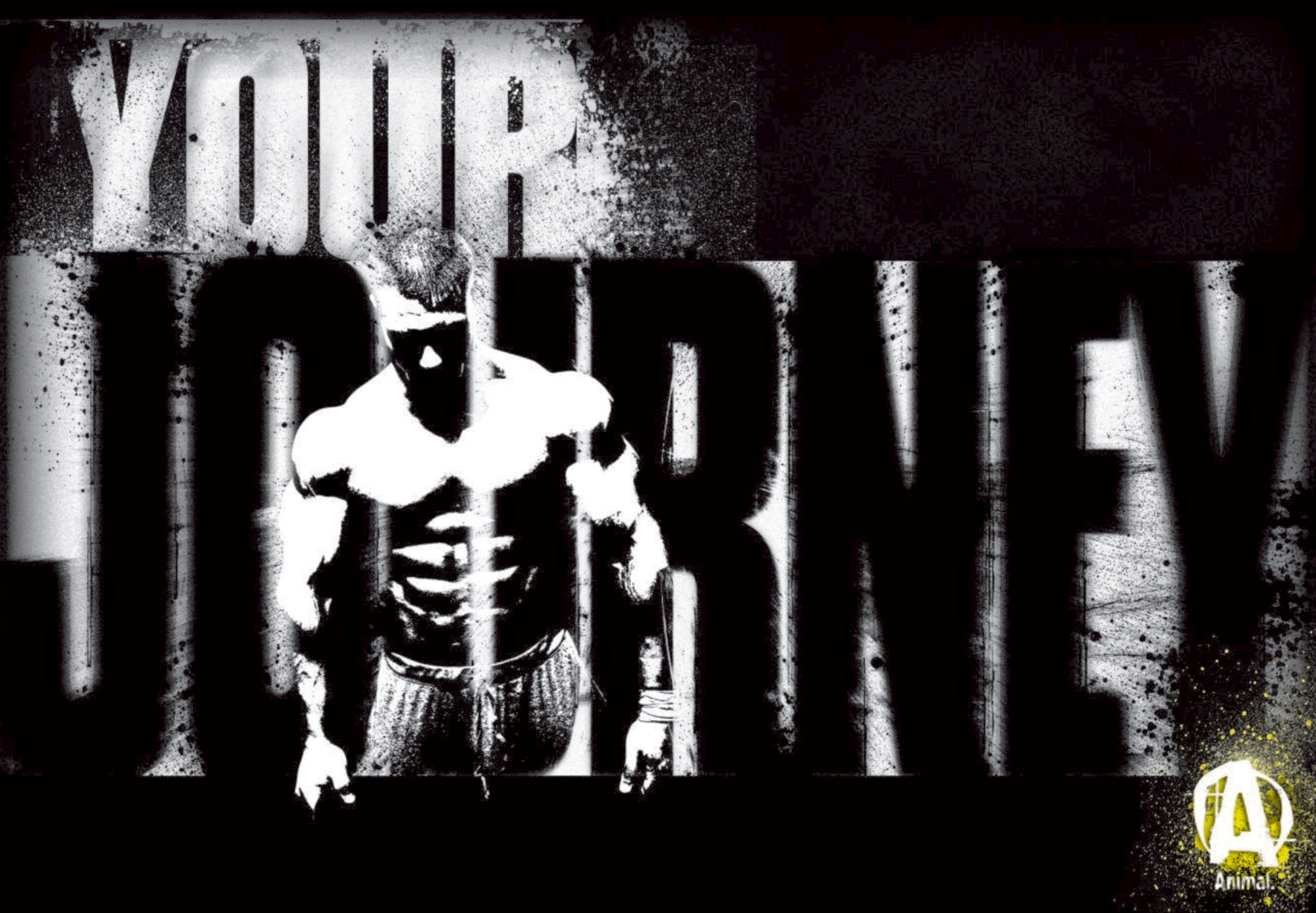"Less is more" is among the most important of all shortcuts, partly because it is ubiquitous–a common denominator in nearly all of my work. This principle connects with my other shortcuts as well (e.g., "when others turn right, turn left"). For example, The Cage, the Animal expo booth, eschews the high costs associated with distributing tens of thousands of printed catalogs. When in doubt, be minimal. In another example, when it comes to managing P&L and budgeting, challenge yourself to do as much with X - Y when given X. So while I've managed marketing budgets in the eight figures, I always tried to use less than that. Related to the concept of creative constraint, "less is more" is also about being more imaginative–coming with novel solutions rather than relying on well-worn ones.
Analog was the standard when I started my career, but in only a few short years, companies everywhere flocked to digital (though I secretly hoped Patagonia would never stop printing their alluring catalogs). For better or worse, digital was the new normal–part of the marketing zeitgeist. Of course, we had made the transition too, ownership thoroughly enamored with the idea of dramatic cost-savings... As well as the potential to tap into new audiences (and maybe even markets).
As for myself, having run many "snail mail" driven DRM campaigns, I was looking forward to something new, something easier, faster and more potent–email marketing. The ROI would go through the roof, we all thought. Of course that was a pipe dream. Things always seem so obvious in the moment, without the benefit of hindsight. Like spam calls today, our email boxes were flooded with marketing promotional materials. Is it ever a good idea when everyone is doing the same thing? It's the standard signal-to-noise problem. When the game tilts in a way that doesn't benefit you, it's time to consider changing the rules. Though ownership wasn't happy, I believed it was a good time to look backwards and hope that everything didn't disappear as it had done for Orpheus. In the examples below, you'll see three examples of how we used printed marketing material to promote the brand.
ANIMAL OWNER'S MANUAL
So we returned to printing catalogs. The Animal Owner's Manual was more
like a book, printed on heavy stock and spiral bound. Though it didn't
look like a standard product guide, we knew it was, and so we mailed
them free to anyone who requested it. We were mailing some 25,000-40,000
of these each month at one point due to consumer demand.
• • •
JOURNEY (Wrath)
Print ads certainly made an impact for us and Animal. But they weren't
always meaty enough, especially where a lifestyle brand was concerned.
To give the brand greater resonance, we also printed the entire ad
campaign as a book (we got many, many requests for this) like we did
above with the AOM. Here, you could find all 72 Journey ads, as well as blank pages
for a training and diet log as well as a journal. With all of our
printed books, we really wanted consumers to take them to the gym and
use them there–for free advertising, of course.
• • •
YOUR JOURNEY
The book, "Your Journey," was an expanded verison of Wrath's
Journey–only with more training logs, diet logs and journal entry pages. The
concept of "journey" as a metaphor was an important cornerstone of the brand. At the
heart of Animal was the idea that the journey was important–much more so
than the final destination. With this publication, we encouraged
consumers to start their own, or choose a new one. At the core of all of
our publicatons was a simple idea–if you are going to spend money, spend it in a way that your customers will value (and keep).
• • •
ADDITIONAL | In the February 11, 2020 issue of the Harvard Business Review, Jonathan Zhang observed that paper catalogs had been making a comeback. Unlike our cluttered email inboxes and the frantic pace of social media feeds, catalogs can cut through the noise, remain in the house as a tangible item, and thus remain top of mind. I’d add a wrinkle to his argument. I’m not sure every brand would benefit from a printed catalog, but lifestyle brands would in particular–those brands that provide a deeper context (and thus meaning) for their products. As we all know, brands exist in the external, physical space, but great brands thrive in the internal, emotional one. Case in point–I’ve been a fan of Patagonia for over twenty-five years. When I was younger, I looked forward to their catalogs in the mail. Each edition portrayed active individuals doing what they loved, from rock climbing to skiing–and in a way that seemed to jump off the page. Though you had to look carefully, you could see every athlete wore Patagonia clothing and accessories. This type of marketing left an indelible mark on me. Later, when working on our company’s own product catalog, I realized how deeply I’d been influenced. Even though Animal was still young, I could clearly see its DNA. The brand had a structure of its own, however rudimentary at the time. I visualized this structure as scaffolding, the kind you’d see on buildings under repair. Scaffolds provide support and make it easier to get work done. In the same way, brand “scaffolding” would help guide decision-making. So even before I started working on the first Animal catalog, gathering images and writing copy, I already had a clear vision of what it should and shouldn’t be. I had a basic roadmap. We printed books in the face of an opposing wave. What I learned was this–less is more when it came to branding and content creation. By focusing less on product, you can showcase lifestyle to a much greater degree. When you do that, you can derive greater benefits in terms of customer loyalty.
SYSTEMATIC INVENTIVE THINKING | The principle of less is more is clearly related to the concept of creative constraint. Creative constraint lies at the heard of Systematic Inventive Thinking (SIT). SIT, originally derived from engineering, is all about creativity (as opposed to efficiency). SIT creates a repeatable process, a framework, for inventiveness–it provides a specific set of tools you can practically apply. In the Subtraction Technique, you essentially take a fundamental part/component of a product and try to visualize new applications for what remains. It's a great tool for helping us overcome a type of blindspot called "fixedness." If you aren't familiar with SIT, I heartily recommend it.


